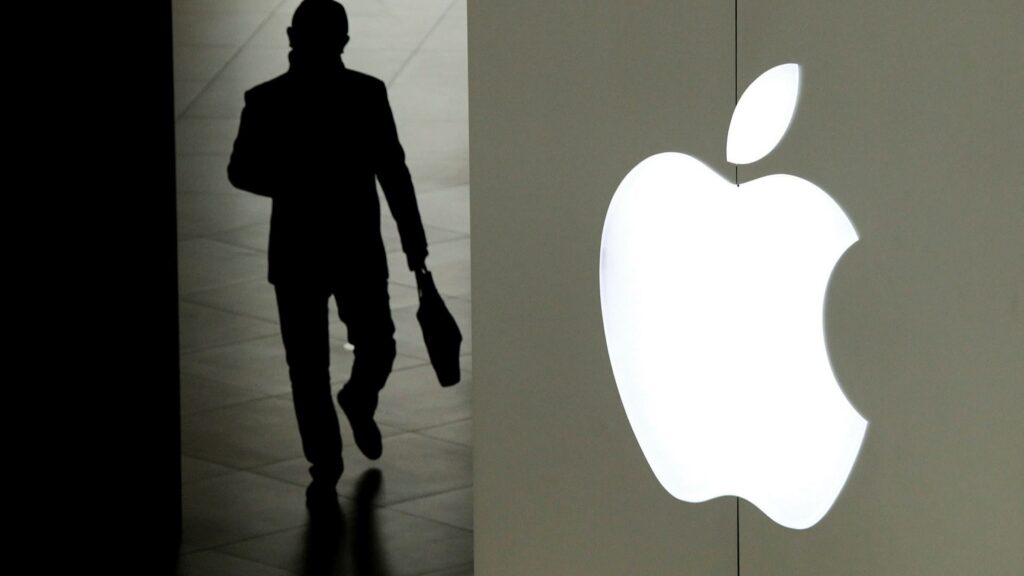US stocks close out best month of the year


Wall Street stocks staged a late rally to retrace early losses on Friday and post their best monthly performance of the year, despite disappointing results from Apple and Amazon reviving questions about labour shortages, supply squeezes and, in turn, persistently high inflation.
The blue-chip S&P 500 and tech-heavy Nasdaq Composite fell in morning trading, but both indices steadied in the early afternoon. A late surge in the final 30 minutes of trading left the indices up 0.2 per cent and 0.3 per cent respectively, both notching new record highs.
In earnings reports delivered after the closing bell on Thursday, Apple and Amazon missed analysts’ expectations. Apple posted revenues of $83.4bn for the fiscal quarter ending in September, up 29 per cent, but slightly below consensus estimates as supply constraints hampered growth. The iPhone maker’s net profits beat forecasts.
Meanwhile, Amazon warned that labour challenges and rising costs would dampen earnings for the rest of the year, as it delivered third-quarter sales of $111bn — below the $112bn projected by analysts.
The muted end to the month quieted what had otherwise been a roaring period for US equities, with both the S&P and Nasdaq notching their best monthly performance this year at about a 7 per cent gain each.
US stocks had in the previous session on Thursday closed at record highs, helped by a series of strong earnings updates from large companies including machinery group Caterpillar, which is perceived as an economic bellwether, along with positive numbers earlier in the week from Microsoft and Alphabet. Microsoft on Friday surpassed its Silicon Valley rivals to become the most valuable company in the world.
Microsoft’s rise roughly cancelled out Apple’s fall on Friday, in terms of the contribution each company made to the S&P 500 index performance. Microsoft added the most of any company to the S&P’s performance, while Apple detracted the most, exemplifying the scale of the effect each of the tech groups can have on the broader market.
Figures showed that US consumer spending softened in September, with growth of 0.6 per cent marking a slowdown from 1 per cent in August. Meanwhile, the core personal consumption expenditure price index — a measure of inflation — rose 3.6 per cent in September year on year, broadly in line with projections.
Europe’s Stoxx 600 share index closed 0.1 per cent higher after data showed that annual inflation for the eurozone rose to 4.1 per cent in October. This marked an increase from 3.4 per cent in September and topped consensus forecasts of 3.7 per cent, according to a Refinitiv poll.
Those inflation data were released alongside figures showing that the eurozone economy grew 2.2 per cent in the three months to September, compared with the previous quarter — higher than estimates of 2 per cent.
Government bond markets were choppy after significant volatility on Thursday afternoon after a meeting of the European Central Bank.
Germany’s two-year Bund yield rose 0.03 percentage points to minus 0.60 per cent on Friday as investors bet the ECB would lift rates next year. Ten-year Italian bond yields rose 0.12 percentage points to 1.17 per cent, bringing the increase over the past two days to around 0.23 percentage points. This marked the heaviest sell-off in the country’s benchmark bond since the nation’s Covid-19 crisis in spring 2020.
The moves came after Christine Lagarde, ECB chief, attempted to push back on market pricing for a rate rise from historic lows next year.
Investors have also been focused on other global central banks that are expected to move sooner to reduce their stimulus measures. The Reserve Bank of Australia chose not to defend its bond-yield target, which is central to its quantitative easing programme. This decision pushed the yield on Australia’s April 2024 government bond to more than 0.7 per cent — well beyond the bank’s target of about 0.1 per cent.
Interest rate decision announcements are due next Tuesday, Wednesday and Thursday respectively from the RBA, US Federal Reserve and Bank of England.
“The part of the yield curve that is really pricing rate hikes is the front end up to five years,” said Alessio de Longis, senior portfolio manager at Invesco. “The market is basically saying the central banks have to raise interest rates.”
Ultimately, the way the yield curve was behaving showed that “the market is pricing a return to the low growth, low inflation world that we have had post [global financial crisis]”, added de Longis.
The dollar index, which measures the greenback against six other currencies, rose 0.9 per cent on Friday. “There’s a bit of anticipation of the Fed being more hawkish next week,” explained Derek Halpenny, head of research for global markets at MUFG.
Additional reporting by Tommy Stubbington